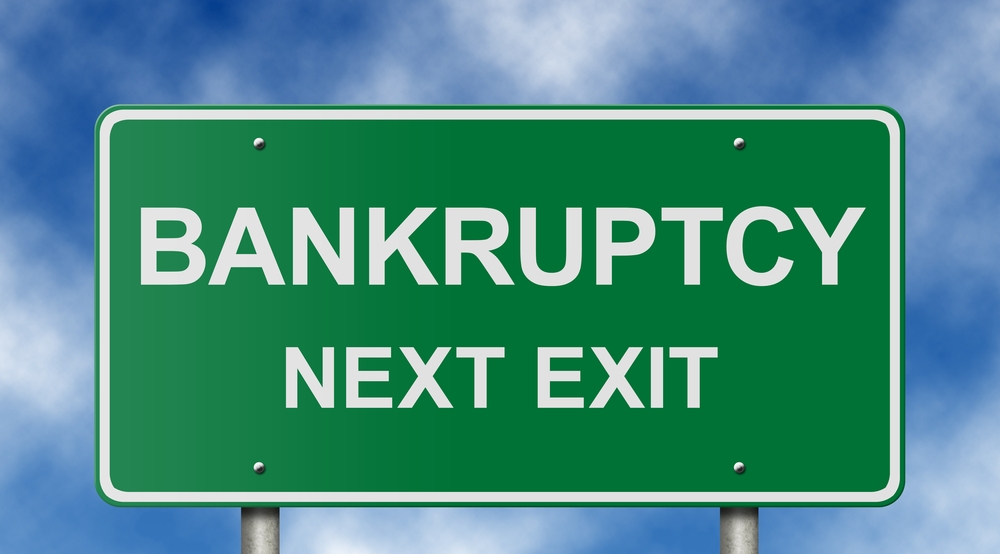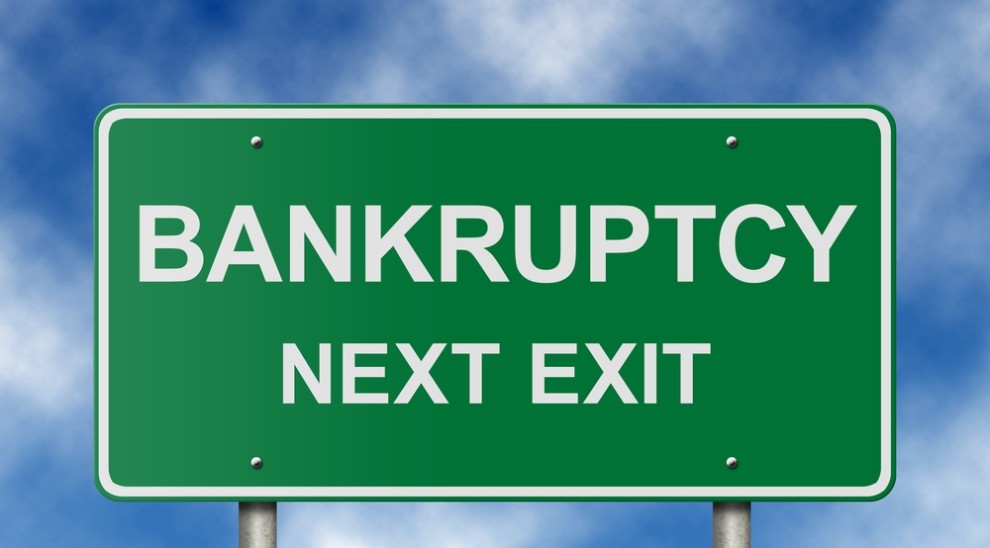While no one looks forward to the idea of having to file for bankruptcy, there may come a time in your life where your debts have gotten too out of hand for you to take care of on your own. Regardless of the reasoning for being in this situation, whether it’s your full responsibility or something that unavoidably happened to you, having the opportunity to declare bankruptcy can be a lifesaver for those looking to start fresh with their debts.

There is a lot to know about filing for bankruptcy before you can have the process work effectively for you, but what about living your life after you’ve declared bankruptcy? To help you get back on your feet and stay on your feet, here are three things you should do right after you’ve filed for bankruptcy.
Reassess Your Lifestyle
Especially if the reason for your debt was due to your spending habits, it’s important to severely reassess your lifestyle following a bankruptcy declaration in order to avoid falling into the same habits again. While many times you’ll still have full control over your money after a bankruptcy, there are versions of bankruptcy where you’ll only be given a fraction of the money you’re making while the rest goes to paying off your debts, according to BankRate.com. If this happens to you, you’ll be forced to live a more modest life, which is a great way to begin creating habits for yourself that will allow you to live within your means and avoid racking up massive amounts of debt again.
Save As Much As You Can
Along with changing the ways in which you spend money, Tynisha Lewis of LegalZoom.com also recommends for people to change the way they save money following a bankruptcy. Lewis shares that by creating a savings account for yourself that you add to on a monthly basis, you’ll have the cash reserves to not make it necessary to purchase items on credit. By changing these two spending and saving habits, you can develop the restraint it takes to not get stuck under a pile of debt again.
Be Cautious When Rebuilding Your Credit
Although filing for bankruptcy means your debt is wiped out, it also means your credit is wiped out. And with the world we live in, having credit is a necessary part of living a normal adult life. But don’t worry too much, because you can rebuild your credit after a bankruptcy; you just need to be careful about it.
According to Gene Melchionne of Credit.com, it’s important not to be overly concerned with getting your credit back on track immediately after filing for bankruptcy. If you’re overzealous regarding getting credit cards and lines of credit back into your life, you could fall back into debts you just became free from. Instead, Melchionne suggests starting with just one card with a small credit limit to slowly but safely begin rebuilding your credit.
If you’re able to do the above three things immediately following bankruptcy, you should have a greater chance of breaking your old habits and starting new, healthy spending habits in order to have a more secure and stress-free life.



